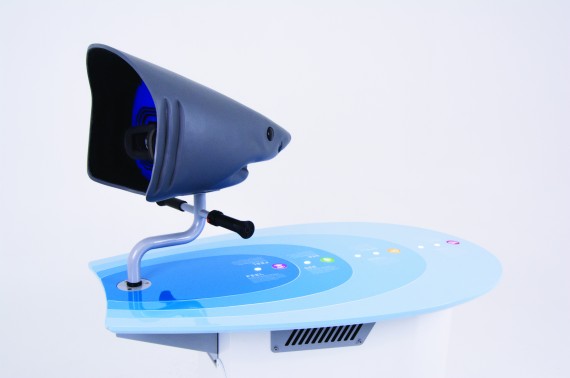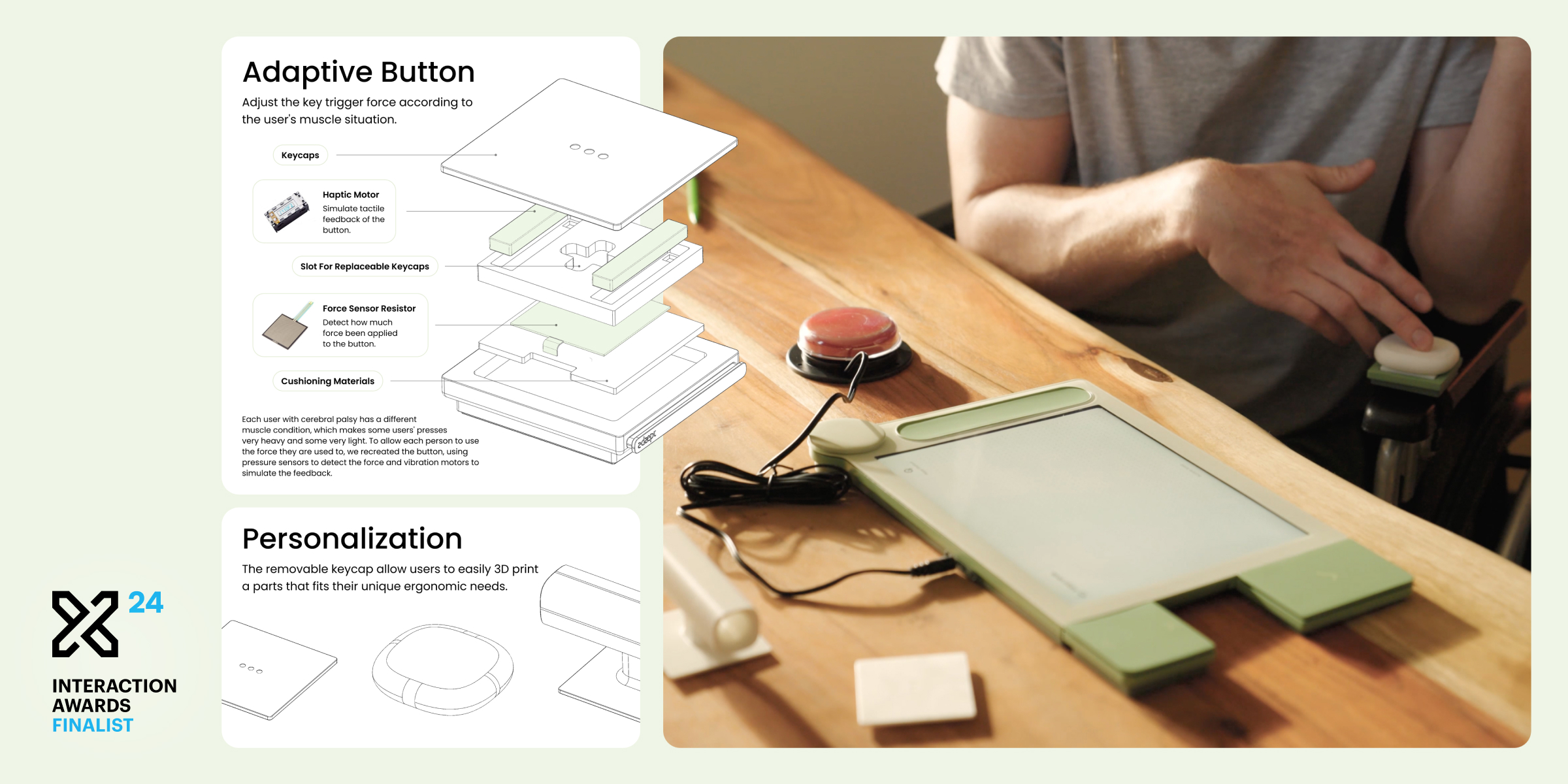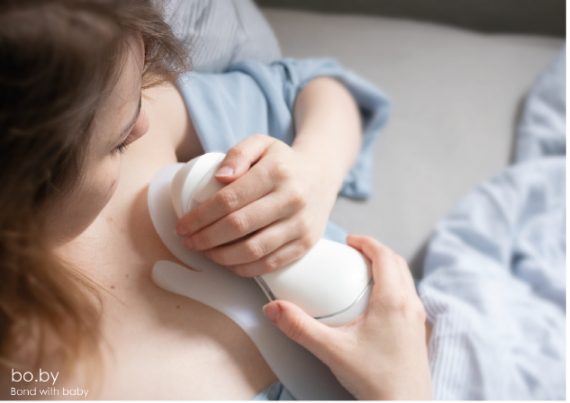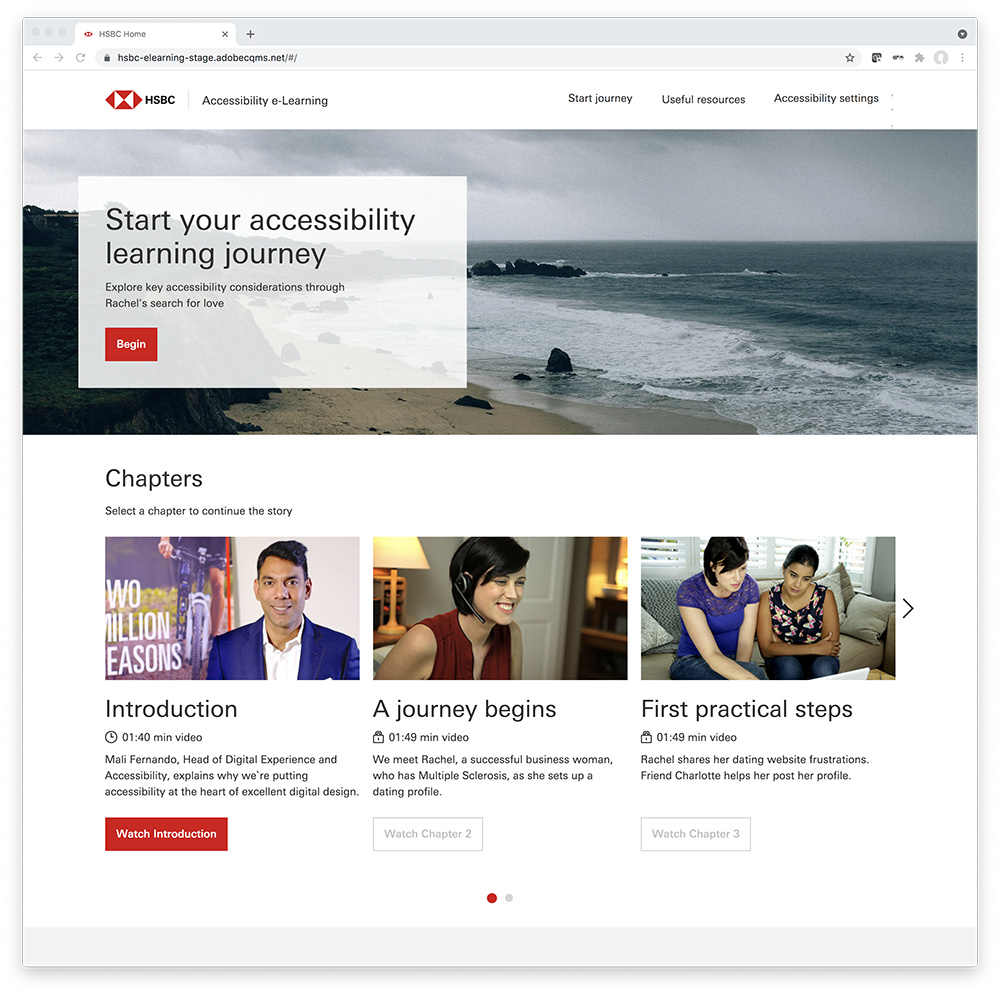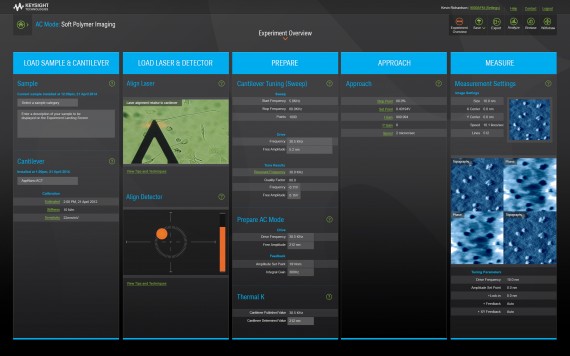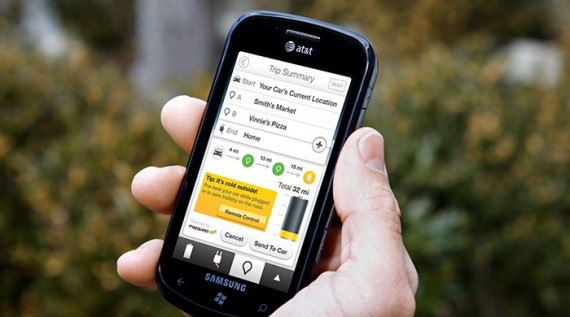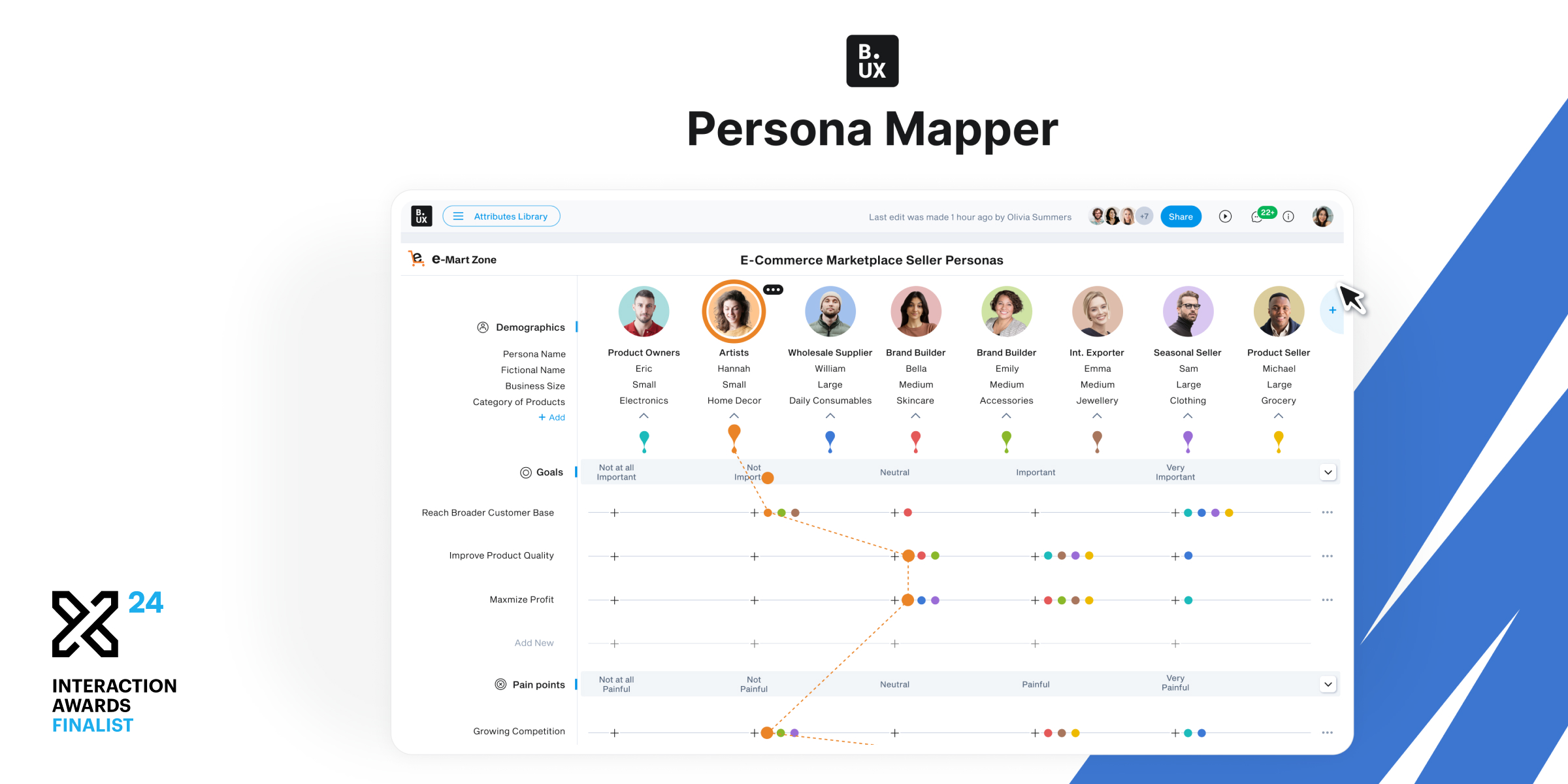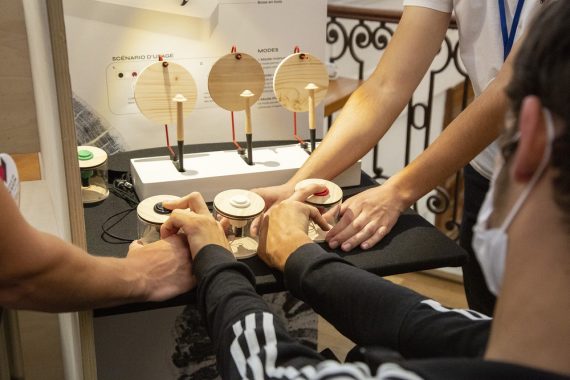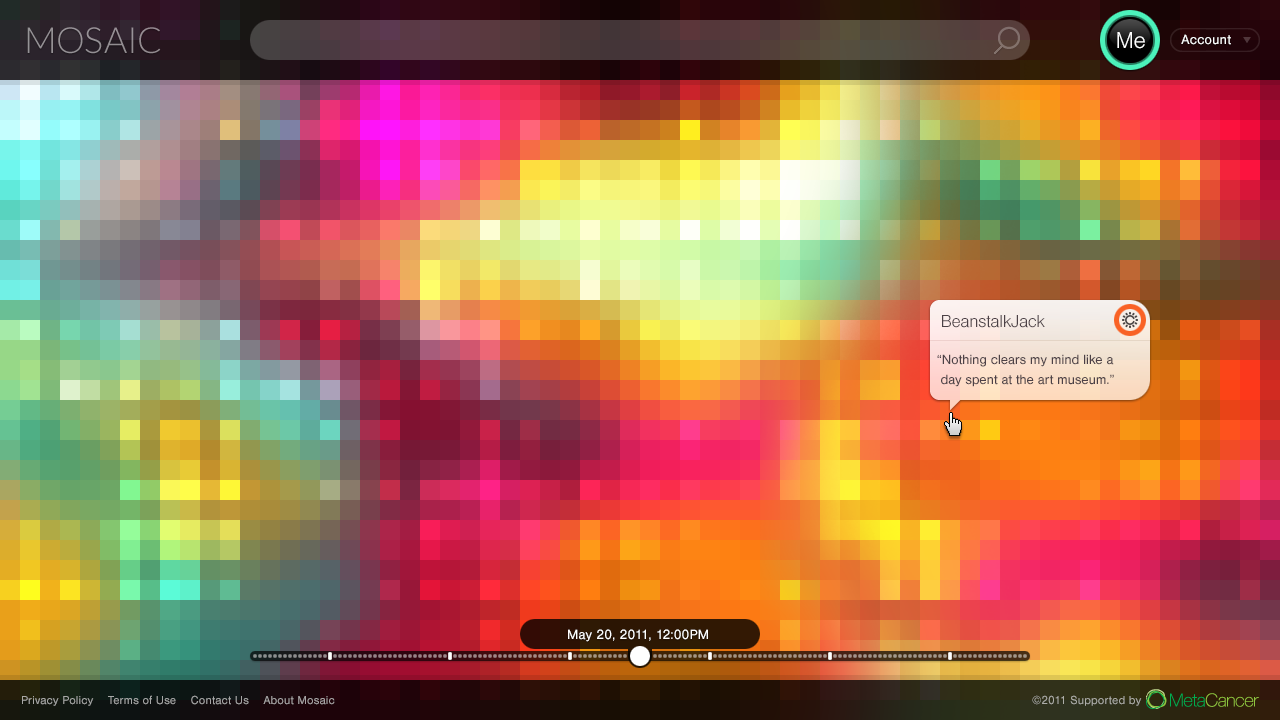Shark Sense
Team
Company | Institution
Category
Type
Project description
Sharks are majestic creatures that have, unfortunately, received a bad reputation. The Shark Sense VR exhibit was designed to challenge visitors to aquariums to see the world from a shark’s perspective and discover just how incredible these animals are. Based on the principles of experiential learning – the understanding that we are all able to better grasp concepts, and learn and retain information when we experience things firsthand – the experience is designed as an immersive virtual reality game.
Users use the VR headset to dive into the shark’s underwater world and navigate by moving the custom-built shark head from left to right using the handle-bars. As they hunt their prey in the 3D underwater virtual reality environment they learn about a shark’s highly developed sense of hearing, smell, sight and touch.
4D experience
Directional audio cues mimic the shark’s sense of hearing, while a fan generating air flow alludes to the sense of smell sharks have. Vibrations in the handle-bars of the virtual reality exhibit mimic the electromagnetic field sharks detect when they are close to their prey.
The custom-built table for the exhibit also lights up as visitor progress through the experience, allowing for multiple people to participate in the learning experience.
The experience is aimed at children over the age of 7 years, but adults enjoy the experience as well. The Shark Sense VR exhibit is also designed for inclusivity being wheelchair friendly and featuring audio-visual redundancy.
One of the biggest problems was that VR headset means “one at a time”, i.e. not ideal in high traffic museums. However, VR offers great opportunities for immersive learning. We devised a solution to let secondary users participate in the experience in an ambient way following the primary user’s journey on the table. We also designed a robust kiosk. Users are made to sit down, which not only solves the safety issue of users getting dizzy and potentially falling on their heads, it also allows access to wheel chair users.
The design process
Designing a kiosk for VR provided many interaction design problems. There is the physical interaction with the kiosk including handlebars, controls and ambient messaging for secondary users. On the other side, we have the internal user journey of the virtual environment.
In the design process we put together functional demos every two weeks which would be tested. Many cardboard prototypes of the handlebar mechanic were designed and tested. We interviewed school children about usability and experience, and their retention of key learning messages.
The product has been used by ten thousands of people at Frost Science Museum and is a major attraction to the museum.
“So far, the feedback we have been receiving on the VR shark senses exhibit has been wonderful. It is very different from anything else on offer, anywhere in the world, and this, together with the immersive user experience with its amazing attention to detail, has really impressed everyone who has used it,” says Save Our Seas Shark Education Centre manager, Eleanor Hutchings
Users use the VR headset to dive into the shark’s underwater world and navigate by moving the custom-built shark head from left to right using the handle-bars. As they hunt their prey in the 3D underwater virtual reality environment they learn about a shark’s highly developed sense of hearing, smell, sight and touch.
4D experience
Directional audio cues mimic the shark’s sense of hearing, while a fan generating air flow alludes to the sense of smell sharks have. Vibrations in the handle-bars of the virtual reality exhibit mimic the electromagnetic field sharks detect when they are close to their prey.
The custom-built table for the exhibit also lights up as visitor progress through the experience, allowing for multiple people to participate in the learning experience.
The experience is aimed at children over the age of 7 years, but adults enjoy the experience as well. The Shark Sense VR exhibit is also designed for inclusivity being wheelchair friendly and featuring audio-visual redundancy.
One of the biggest problems was that VR headset means “one at a time”, i.e. not ideal in high traffic museums. However, VR offers great opportunities for immersive learning. We devised a solution to let secondary users participate in the experience in an ambient way following the primary user’s journey on the table. We also designed a robust kiosk. Users are made to sit down, which not only solves the safety issue of users getting dizzy and potentially falling on their heads, it also allows access to wheel chair users.
The design process
Designing a kiosk for VR provided many interaction design problems. There is the physical interaction with the kiosk including handlebars, controls and ambient messaging for secondary users. On the other side, we have the internal user journey of the virtual environment.
In the design process we put together functional demos every two weeks which would be tested. Many cardboard prototypes of the handlebar mechanic were designed and tested. We interviewed school children about usability and experience, and their retention of key learning messages.
The product has been used by ten thousands of people at Frost Science Museum and is a major attraction to the museum.
“So far, the feedback we have been receiving on the VR shark senses exhibit has been wonderful. It is very different from anything else on offer, anywhere in the world, and this, together with the immersive user experience with its amazing attention to detail, has really impressed everyone who has used it,” says Save Our Seas Shark Education Centre manager, Eleanor Hutchings

